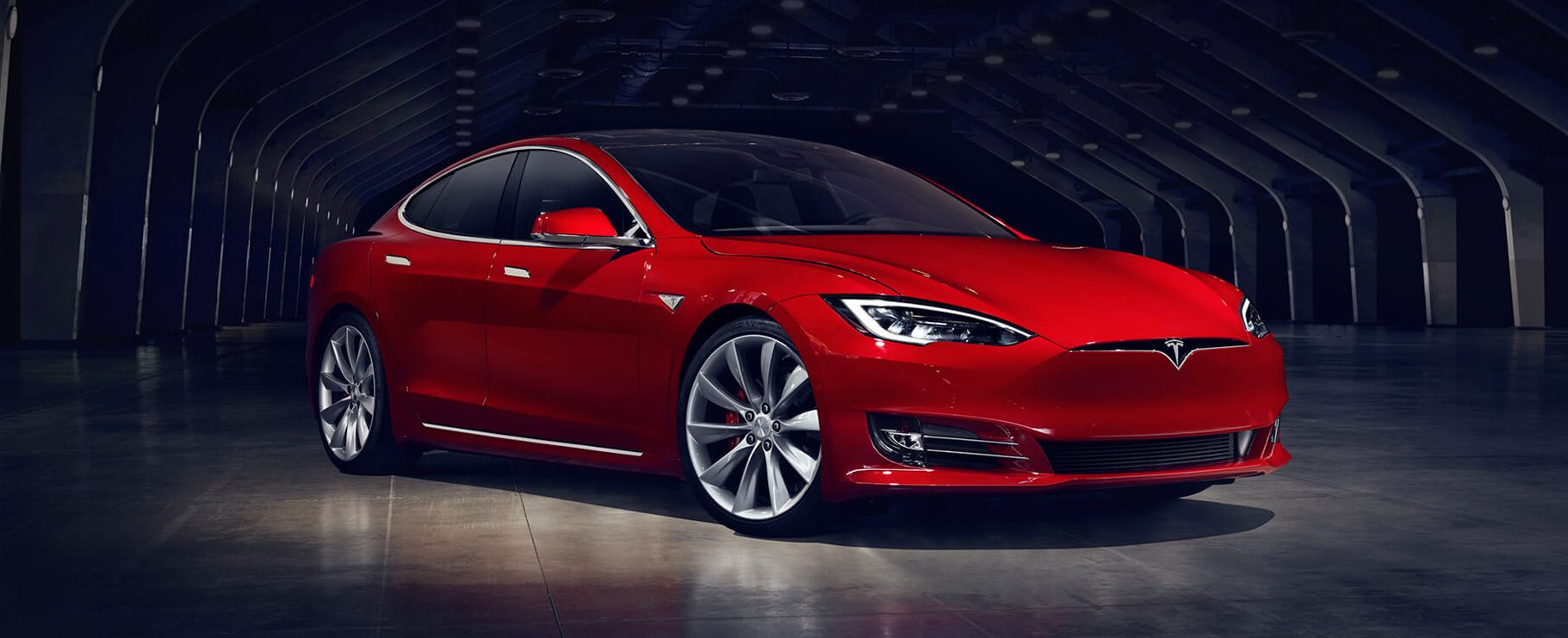Lithium – the commodity winner you can’t buy: Opinion
Lithium not traded on any major exchange, access through equities

The positive story behind lithium can be linked to the so-called Tesla effect, or the rapid growth in electric vehicles that will boost demand for the light metal. Tesla photo.
By Clyde Russell
LAUNCESTON, Australia, May 12 (Reuters) – Lithium is the hottest commodity around these days, enjoying spectacular price gains and a blue-sky outlook that’s the envy of the natural resource sector.
There’s just one problem though. It’s extremely difficult, and somewhat risky, to gain exposure to the sector.
Lithium isn’t traded on any major exchange, and doesn’t have futures contracts or swaps, thereby cutting out one of the main ways investors gain exposure to a commodity.
This means the best way to access lithium’s story is through equities, but this isn’t as straightforward as it may seem.
But before looking at how to get into lithium, it’s worth asking what the hype is about, and whether it’s justifiable and sustainable.
Lithium prices in China have risen from about $7,000 a tonne to over $20,000 recently, according to research by consultants CRU, while industry website Asian Metal says lithium carbonate, the compound used in batteries, has jumped by 76 percent in the past 12 months.
Basically, lithium’s positive story can be put down to the so-called Tesla effect, namely that the rapid growth in electric vehicles will boost demand for the light metal beyond the current level of supply.
Certainly, Tesla Motors has ambitious plans to boost the number of vehicles it produces using lithium-ion batteries, and it’s not the only maker of electric vehicles with rapid growth projections.
The demand for lithium for batteries also makes the metal seem like it’s not a China play, something that can’t be said for most commodities, prices for which are often driven by what’s happening in the largest importer and consumer of natural resources.
While Tesla’s plan to make 1 million electric cars a year is the headline act behind lithium’s dramatic price rise, it does mask some other realities about the market.
The first is that lithium is a very diverse metal, with numerous grades, with numerous applications.
Batteries accounted for about 44 percent of lithium demand in 2015, and this is forecast to rise to about 55 percent by 2020, exceeding its uses in areas such as ceramics, glass and pharmaceuticals.
The other factor worth noting is that lithium demand is still likely to be driven by Asia, and China in particular, with CRU forecasting that the continent’s share of consumption will rise to 60 percent of the global total by 2020 from about half last year.
This is largely because China’s electric vehicle market is expected to grow at a faster pace than those in the rest of the world, as is its demand for batteries for other applications, such as storingelectricity.
Overall though, the growth in renewable energy and electric vehicles seems to give a positive backdrop for lithium, in the absence of a technological breakthrough that revolutionises battery manufacturing.
But even if one believed in lithium’s story and expected the price gains to continue, there is the question of how to ride the wave.
FEW PURE LITHIUM PLAYS
The world’s biggest lithium producer, Chile’s SQM, is also a major producer of chemicals and fertiliser, and is therefore not a pure lithium play.
This is reflected in its share price, which is down 6.8 percent so far this year in local currency terms and is some 43 percent below its 2011 peak, a reflection of the struggling potash sector upon which SQM relies for much of its revenue.
Louisiana-based Albermarle Corp is another chemical and lithium producer, and its share price has surged by a third this year, showing the difficulty in picking lithium winners from losers.
FMC Corp, headquartered in Philadelphia, is another diversified chemical company with lithium exposure, and its share price has gained 20.1 percent this year.
There is an exchange-traded fund that tracks the lithium sector, Global X Lithium, and its top holding is FMC, followed by SQM and Albermarle in fourth spot. Its price has gained 16 percent for far this year.
If these options don’t appeal, then there are numerous junior mining companies exploring for lithium and trying to raise capital to bring projects to production.
Many of these are based in top producer Australia and are pioneering producing lithium via hard-rock mining, as opposed to the more usual method of extracting it from evaporated brines, the method used most commonly in Chile, the world’s second-largest source of lithium.
Australian-listed Venture Minerals jumped almost 42 percent on May 4 after it announced it has secured six exploration projects, while Argonaut Resources rose as much as 26 percent on April 19 after it bought three lithium mineral claims.
The problem is these are penny stocks, with Venture closing on Wednesday at 4 Australian cents a share and Argonaut at 2 Australian cents. Each company has a market capitalisation of less than $10 million.
This means that they can offer spectacular returns when the news is good, but they can also wipe out investors if events turn against them. This makes junior miners not for the faint of heart, or the ill-informed.
All this serves to make lithium something of an irony in the commodity world. It’s a top performer but unlike all its lagging peers, you can’t really join the party.
The opinions expressed here are those of Clyde Russell, a columnist for Reuters.
(Editing by Richard Pullin)








